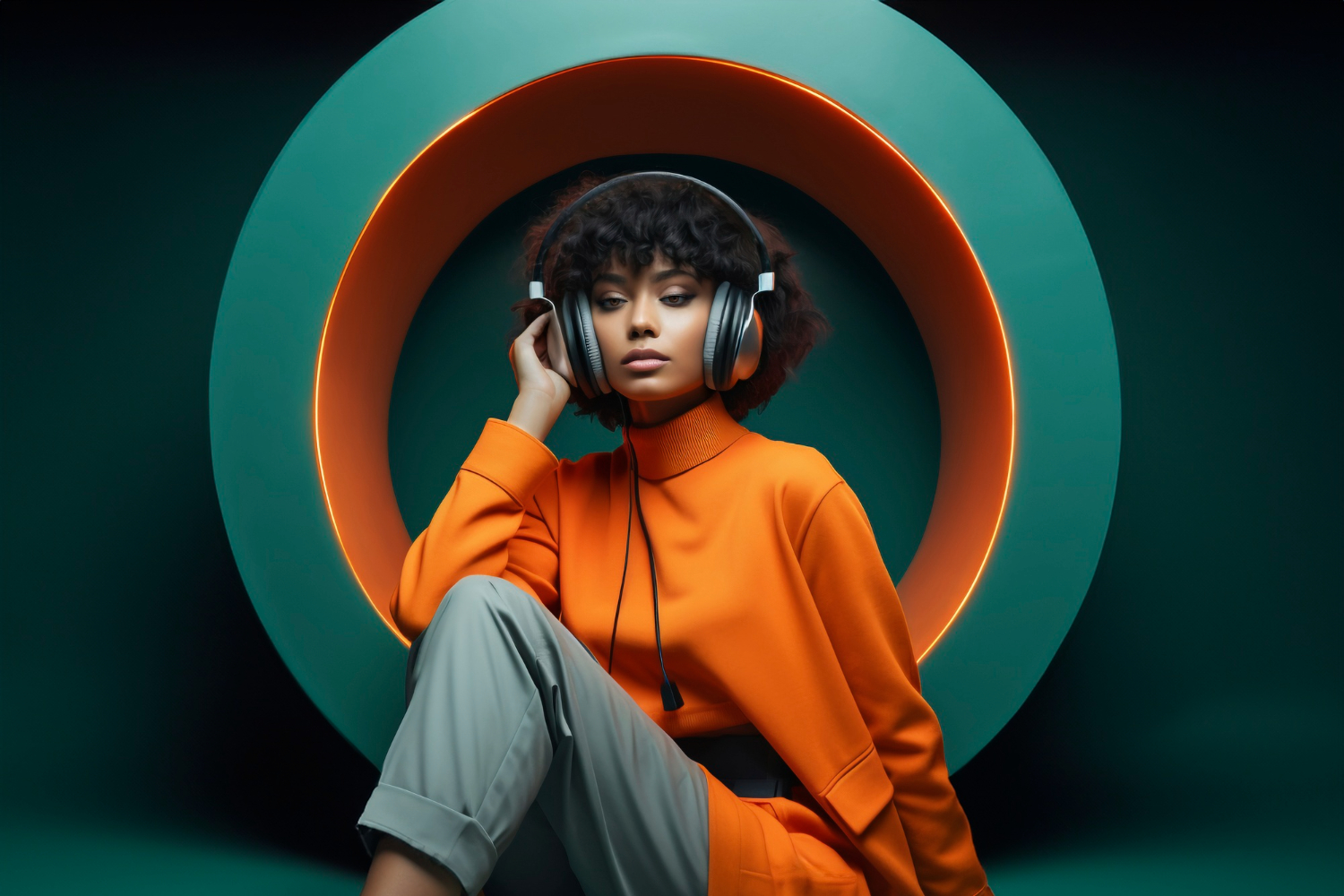AdvertisingMulticultural Narratives Create True Diversity in Audio Advertising
Diversity and inclusion are the foundations of an open, modern society. Advertising’s role in promoting them is a significant obligation. The advertising industry has seen an enormous shift towards embracing multicultural visuals that reflect our complex and diverse society. However, audio representation has been more challenging to duplicate.
One of the biggest challenges for audio advertising is ethnolects, which are distinct varieties of a language, often marked by grammar, vocabulary, intonation, and pronunciation patterns that indicate a person’s ethnic background and personal identity. However, in the case of audio advertisements, accents and ethnolects don’t always match the expected ethnic representation. Therefore, how can you accept diversity in an audio medium that isn’t visible?
Contrary to visual ads, which use skin color, gender expression, body language, and other elements that can be used to express different perspectives, audio relies exclusively on sound. This puts a high value on music, voice, sound effects, and their interaction to convey diversity effectively.
The difficulty of transferring the ethnolects
While visual advertisements tap into the convenience of physical representation, where images can illustrate the diversity of advertising in various ways, it becomes harder to detect and convey in the world of audio advertisements.
An “unplaceable” voice or accent doesn’t provide clear information regarding a person’s location, ethnic background, or sociocultural history.
The problem with ethnolects is that they do not always correspond to stereotyped ethnic identifiers. For instance, someone who has a strong Australian accent might not be recognized as someone of Asian origin. Similarly, a person who has a broad Standard American English accent could possibly be of Latino origin.
Given the importance of representation in culture, it poses a massive issue for audio advertisers trying to make audio content resonate with a diverse audience. Accents and differences in language are essential to a person’s cultural identity. However, they aren’t an exclusive characteristic of any particular ethnicity.
As most advertising industry has embraced visual diversity, now is the time to crank up the volume of the unnoticed diversity of audio-based advertising.
Because of worldwide connectivity and the merging of cultures, people can not fit distinct ethnic categories due to their accents or even their language. The notion that accents or dialects have to be linked to a specific ethnicity is too easy and doesn’t reflect today’s rich and varied identities.
While accents and languages are essential to the exchange of culture, using only ethnolects as a metric for the diversity of audio advertisements could lead to damaging stereotypes. The expectation that people from a particular race are able to communicate in a specific way is a disregard for their individual experiences and can lead to a simplified understanding of cultural issues.
While we can quickly identify visible signs of diversity, the ability to discern diversity via audio requires more exploration, exposure, and understanding.
You can count on a variety of experts in the field of culture.
The ability to identify different ethnolects isn’t a natural one. It’s acquired; this issue significantly impacts expressing the diversity of our audio products and settings. Audio marketers can solve this issue by acknowledging and accepting the uniqueness and diversity of voices from different cultures.
Instead of relying on comparing ethnolects to expected ethnic representation, advertisers should concentrate on authentic stories and in-culture that resonate with an actual audience, focusing on in-culture instead of in-language only. In the end, cultural diversity goes beyond ethnicity and covers a variety of aspects of identity, such as language, values, beliefs, experiences, and more.
To reach their intended audiences, Brands must harness the effectiveness of storytelling. A well-crafted story transcends borders of culture and language to get listeners emotionally and intensely. This method shifts the focus from being dependent on the language itself to focusing on the story, which makes it more accessible and inclusive to different viewers. Like many within the advertising world have adopted the concept of visual diversity, now is the time to raise your level on the unnoticed variety in audio-based advertising.
The ever-changing landscape of multicultural music requires a review of how it promotes inclusion and urges the industry to address the lingering stereotypes. The assumption that every ethnic group must conform to a specific ethnicity could inadvertently discriminate against those whose voices do not meet the standard model. This outdated perception perpetuates a narrow perspective on multiculturalism, leaving diverse voices unheard or unrepresented.
It’s on the shoulders of creative, multi-culturally experienced directors, whose nuanced understanding is crucial to ensure that audio narratives authentically resonate with diverse audiences and go beyond the superficial degree of accent.
The chance is there.
Advertisers have to design a brand-new soundscape that transcends stereotypes and genuinely reflects real diversity. By working with various experts in the field, brands can create campaigns that resonate with their listeners while highlighting their diverse cultural identity. Multicultural audio ads offer an opportunity to shift the focus of adversity of the message away from accents and language to the stories they relay. The new generation of multiculturalism is changing the meaning of hearing and being heard. The top creatives must reconsider how they use audio and art to make connections.
Also Read – Delhi Metro Advertising
